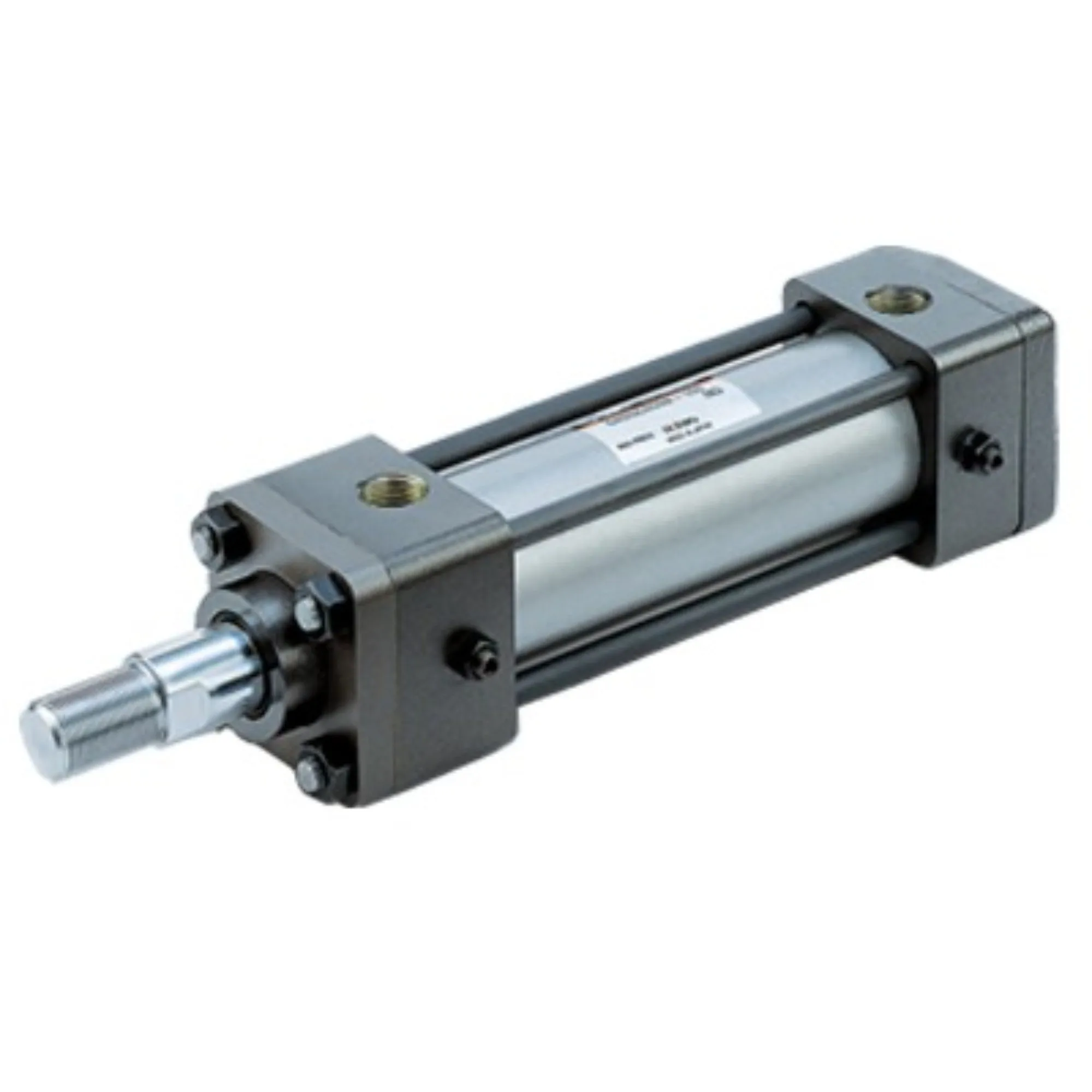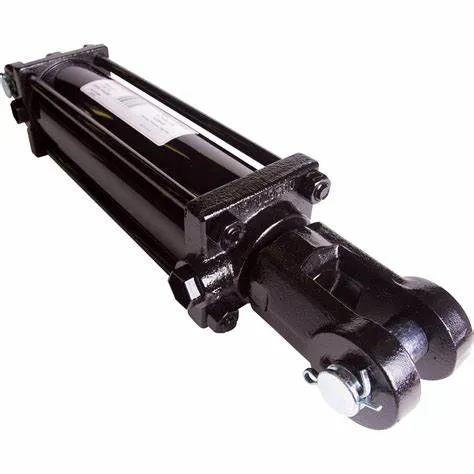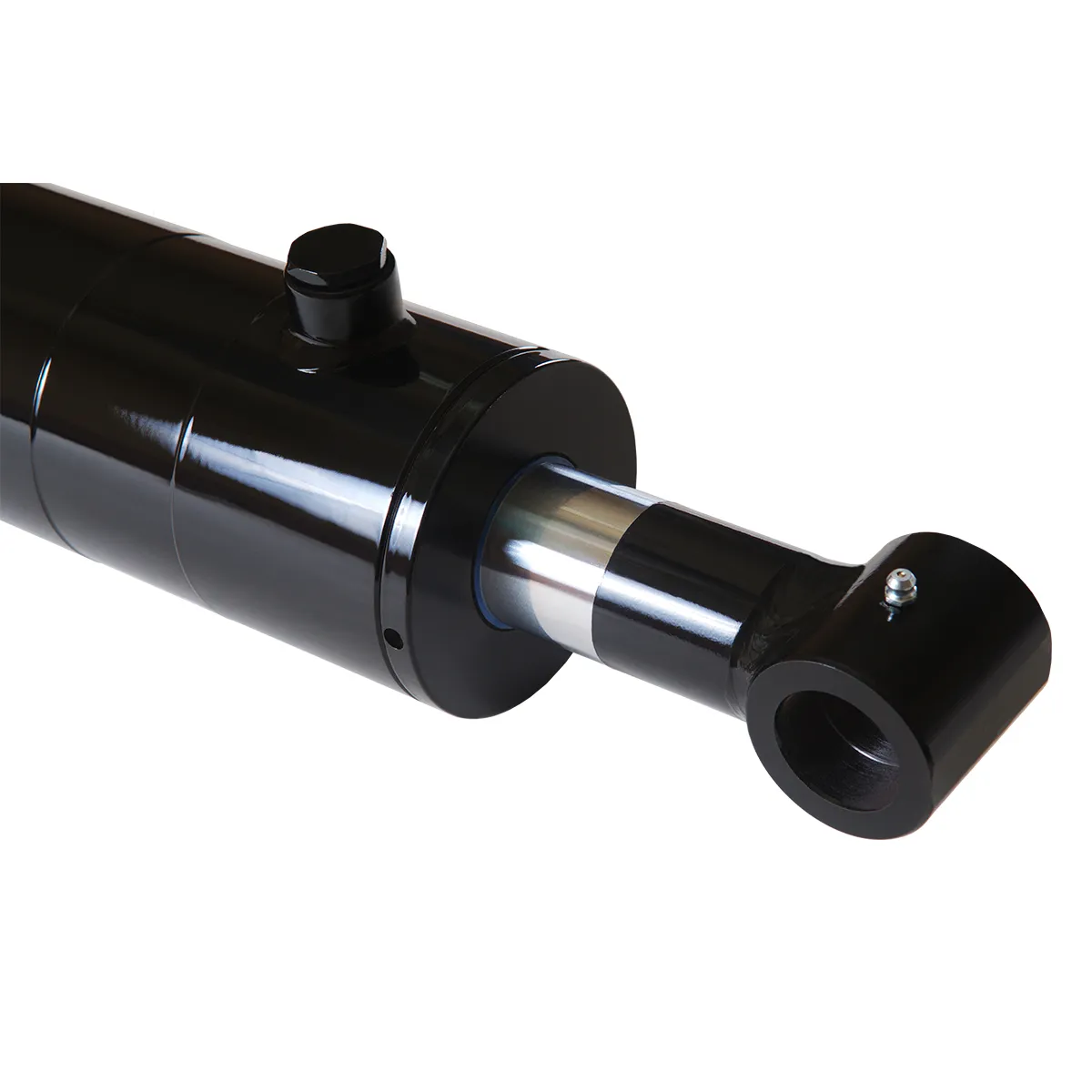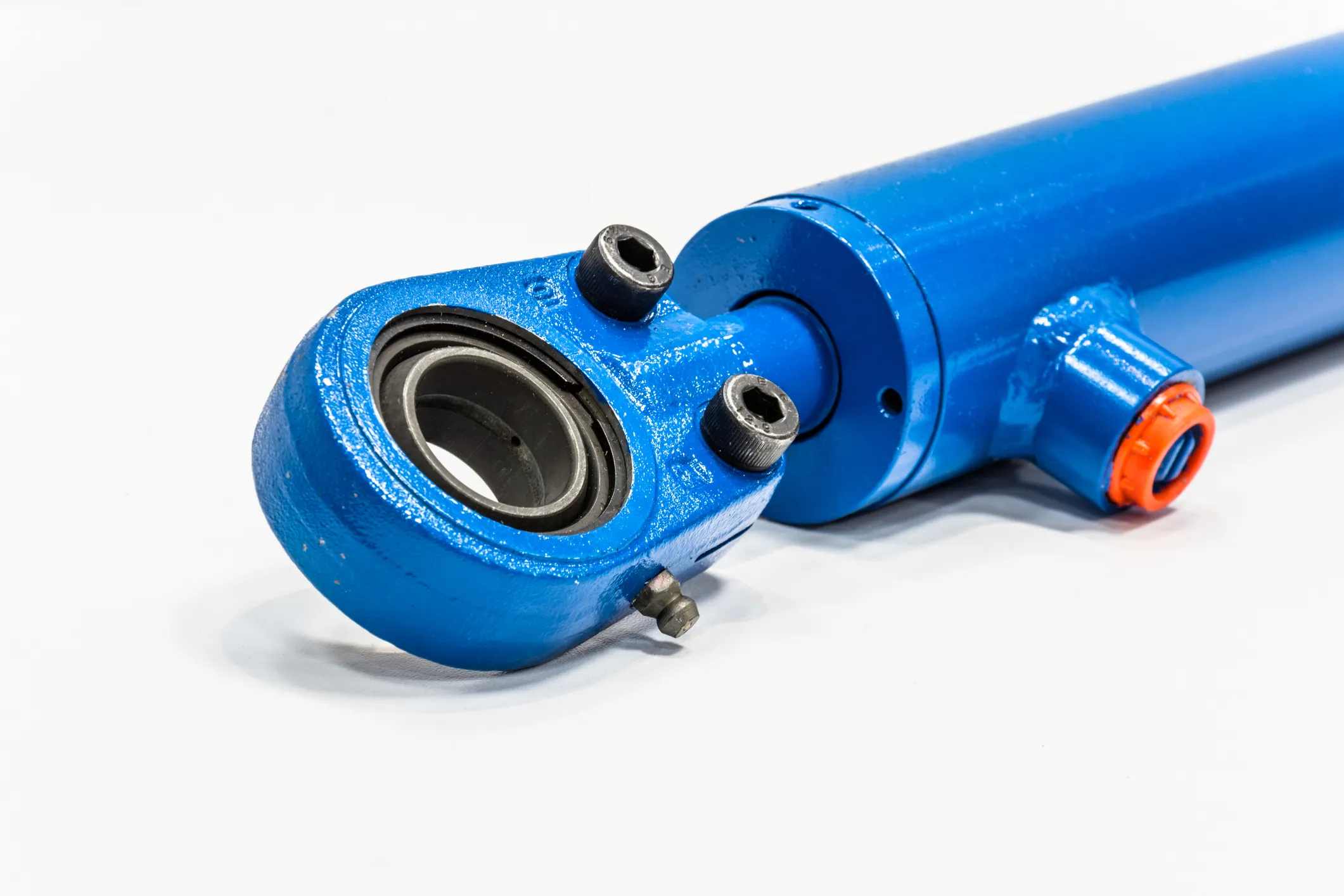
Understanding Single-Stage Telescopic Hydraulic Cylinders
Overview of Single-Stage Telescopic Hydraulic Cylinders
Single-stage telescopic hydraulic cylinders are a type of hydraulic cylinder that consists of a single piston rod and a series of nested sleeves that extend and retract to achieve various stroke lengths. These cylinders are known for their ability to provide adjustable extension speed, making them ideal for applications that require precise and controlled movement.

Design Principle and Composition
The design principle of a single-stage telescopic hydraulic cylinder involves the use of hydraulic fluid to generate linear motion. The cylinder is composed of a cylinder barrel, piston rod, seals, and hydraulic fluid, all of which work together to facilitate the extension and retraction of the cylinder.
Telescopic Joint Description
The telescopic joint of a single-stage telescopic hydraulic cylinder consists of internal and external components that allow the cylinder to extend and retract smoothly. The internal components include seals and bearings, while the external components include the cylinder barrel and piston rod.
Working Principle of Single-Stage Telescopic Hydraulic Cylinders
Single-stage telescopic hydraulic cylinders operate on the principle of utilizing hydraulic pressure to extend and retract the cylinder. When hydraulic fluid is pumped into the cylinder, it pushes the piston rod outward, extending the cylinder. Conversely, when the hydraulic fluid is released, the cylinder retracts back to its original position.
Hydraulic System Integration and Control Mechanism
The hydraulic system of a single-stage telescopic hydraulic cylinder is integrated with a control mechanism that regulates the flow of hydraulic fluid. This control mechanism allows for precise control over the extension and retraction of the cylinder, ensuring smooth and accurate movement.
Stretching and Shrinking Process
The stretching and shrinking process of a single-stage telescopic hydraulic cylinder involves the gradual extension and retraction of the cylinder to achieve the desired stroke length. This process is crucial for applications that require precise positioning and controlled movement.
Materials Compatibility in Single-Stage Telescopic Hydraulic Cylinders
Single-stage telescopic hydraulic cylinders are constructed using materials that are compatible with the hydraulic fluid and operating conditions. Common materials used include high-strength steel for the cylinder barrel, chrome-plated steel for the piston rod, polyurethane seals, and hydraulic fluids with appropriate viscosity and temperature range.
Types and Configurations of Single-Stage Telescopic Hydraulic Cylinders
There are three main types of single-stage telescopic hydraulic cylinders available, each with its own unique configuration to suit different applications. These types include single-acting cylinders, double-acting cylinders, and differential cylinders, each offering specific advantages in terms of operation and performance.
Advantages of Single-Stage Telescopic Hydraulic Cylinders
Single-stage telescopic hydraulic cylinders offer several advantages, including fast response times, space optimization, energy efficiency, and precise positioning. These cylinders excel in applications that require rapid motion and high acceleration, making them ideal for scenarios where combat efficiency is crucial.
Applications of Single-Stage Telescopic Hydraulic Cylinders

Single-stage telescopic hydraulic cylinders are widely used in various industries, including dump trucks, cranes, aerial platforms, and material handling equipment. These cylinders are essential for lifting, lowering, and positioning heavy loads with precision and control.
Considerations in Designing Single-Stage Telescopic Hydraulic Cylinders
- Load Capacity: The cylinder must be designed to handle the maximum load it will be subjected to without failure or deformation.
- Stroke Length: The stroke length of the cylinder should be tailored to the specific application requirements to ensure optimal performance.
- Retraction and Extension Length: The retraction and extension lengths of the cylinder should be carefully calculated to achieve the desired range of motion.
Maintenance and Inspection of Single-Stage Telescopic Hydraulic Cylinders
- Regular Inspection: Periodic inspections should be conducted to check for signs of wear, leakage, or damage.
- Proper Lubrication: Ensure that all moving parts are properly lubricated to prevent premature wear and ensure smooth operation.
- Seal Replacement: Replace worn seals as needed to maintain the integrity of the hydraulic system and prevent leakage.
Installation of Single-Stage Telescopic Hydraulic Cylinders
The installation of single-stage telescopic hydraulic cylinders involves several steps, including wedge installation, flange installation, and trunnion installation. Each installation method offers unique advantages and should be chosen based on the specific requirements of the application.
Fault Diagnosis and Troubleshooting
Common problems with single-stage telescopic hydraulic cylinders include leakage, insufficient force, or unstable motion. By following proper troubleshooting techniques and preventive measures, these issues can be identified and resolved effectively to minimize downtime and ensure optimal performance.
Safety Standards and Regulations

Adhering to safety standards and regulations is crucial when working with single-stage telescopic hydraulic cylinders. Safety functions such as overload protection and emergency shutdown mechanisms should be in place to prevent accidents and ensure the safety of personnel and equipment.
FAQs about Single-Stage Telescopic Hydraulic Cylinders
How does a Single-Stage Telescopic Hydraulic Cylinder differ from other types of hydraulic cylinders?
Single-stage telescopic hydraulic cylinders feature a unique design with nested sleeves that allow for adjustable extension speed, making them ideal for applications that require precise and controlled movement.
What are the main components of a Single-Stage Telescopic Hydraulic Cylinder?
The main components of a single-stage telescopic hydraulic cylinder include a cylinder barrel, piston rod, seals, and hydraulic fluid, all of which work together to facilitate the extension and retraction of the cylinder.
What materials are commonly used in the construction of Single-Stage Telescopic Hydraulic Cylinders?
Common materials used in the construction of single-stage telescopic hydraulic cylinders include high-strength steel for the cylinder barrel, chrome-plated steel for the piston rod, polyurethane seals, and hydraulic fluids with appropriate viscosity and temperature range.
Long-Tail Keywords for Single-Stage Telescopic Hydraulic Cylinders
Some long-tail keywords for single-stage telescopic hydraulic cylinders include “adjustable extension speed hydraulic cylinder,” “precision motion control cylinder,” and “high-performance single-stage cylinder.”
Our Company
We are a leading hydraulic cylinder replacement manufacturer with a complete product line catering to domestic and international markets. Our company prides itself on providing high-quality hydraulic cylinders, along with professional services, international certifications, customized solutions, state-of-the-art production equipment, and reliable after-sales support.
